
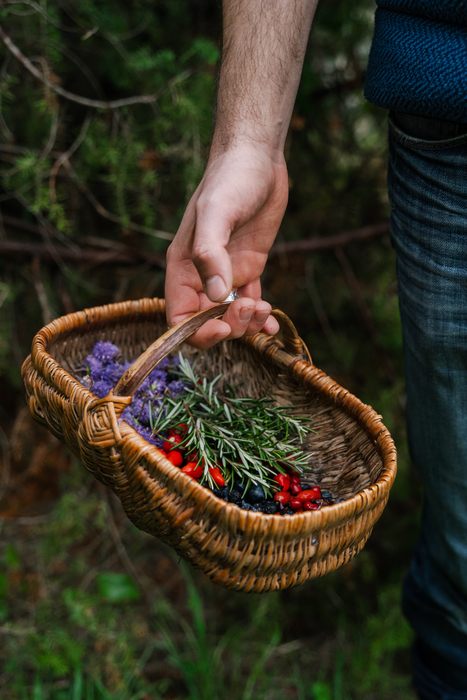

The common juniper or juniper (Juniperus communis) is a shrub belonging to the conifer family, covered with a rough gray bark, which has needle-like leaves very sharp. The fruits (or juniper berries) are green, then turn black and waxy as winter approaches. Only then are they consumable. Their properties have been known since ancient times.
Tonic, digestive and appetizing, juniper berries stimulate the stomach and help eliminate gas. Their ingestion also has a purifying, detoxifying and anti-inflammatory effect while promoting renal protection. Finally, the essential oil from fruits and tree branches is a powerful anti-inflammatory and analgesic.
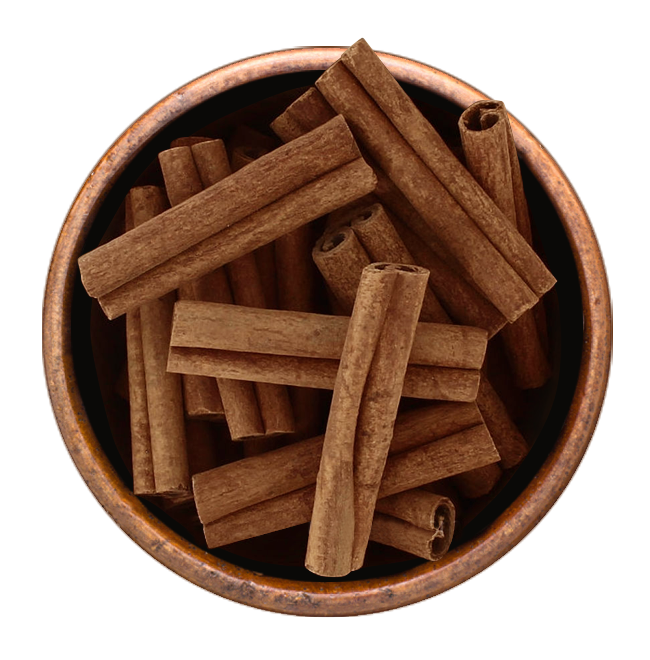
Cinnamon, native to Sri Lanka, comes from the inner bark of the cinnamon tree ( Cinnamomum ), which is a tree that grows in wild forests. Harvested in spring on rainy days, it is then put to dry for several days, where it will take its rolled shape. Consumed mainly as a condiment in cooking, it nevertheless has many therapeutic properties; it has been used for over 5,000 years in both Indian and Chinese medicine.
It thus helps relieve intestinal disorders, calm dental pain, reduce fatigue and even provide energy. Its antimicrobial strengths and health-improving virtues are nowadays widely documented and make it a valuable health ally.
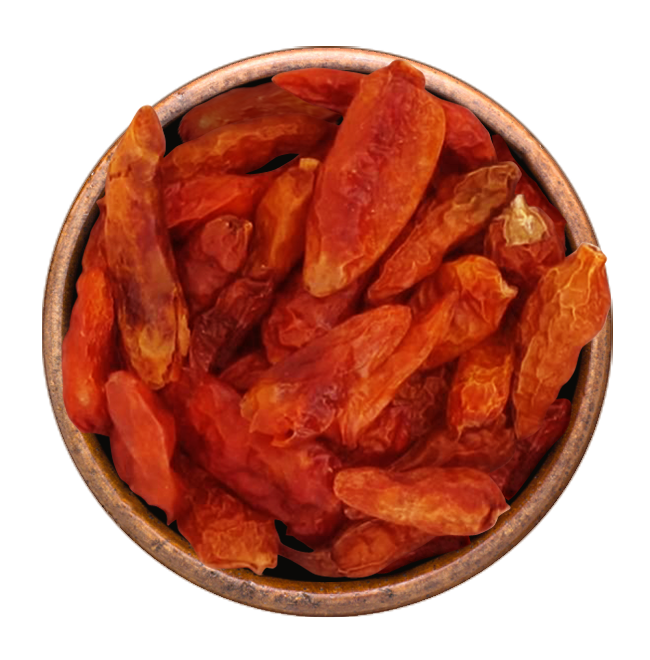
Chili ( Capsicum ) is the fruit of five species of plants. It more commonly refers to the fruit eaten as a condiment or vegetable. Widely used in traditional medicine, chili, because of its richness in vitamins and capsaicin, its main active principle, has many properties. Source of antioxidants, its consumption provides a stimulating and exciting effect by accelerating the circulation of blood in the vessels, which contributes to the strengthening of physical tone, as well as immune defenses.
It is therefore recommended to treat a large number of pathologies such as the flu and the common cold. It helps digestion and also protects against cardiovascular diseases due to its action on the formation of bad cholesterol. In addition, it is diuretic and sudorific.
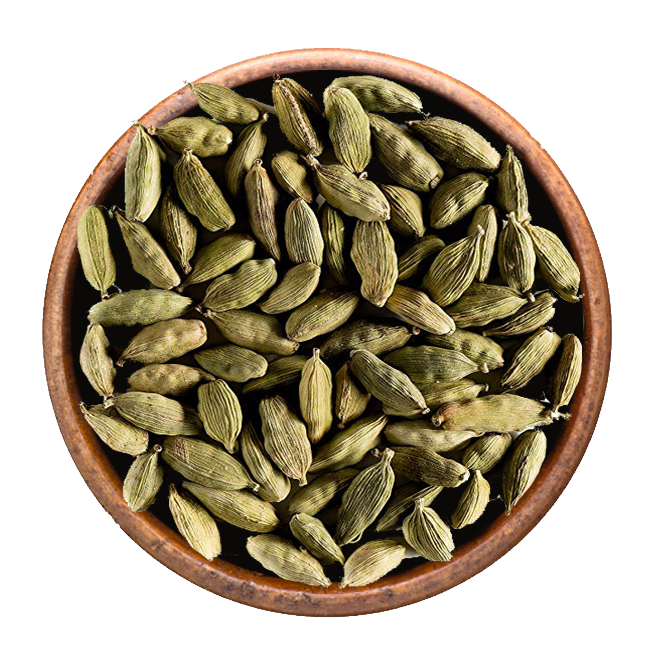
Cardamom ( Elettaria cardamomum) is a rhizomatous perennial herb native to Southeast Asia that can reach heights of 2 to 5 m. It is part of the same family as ginger and turmeric and has been used since the dawn of time in Ayurvedic medicine (India). Its dried fruit, traditionally consumed as a spice, is recognized for its effectiveness in the treatment of digestive disorders but also for its anti-inflammatory and analgesic properties.
Cardamom essential oil helps, thanks to its antimicrobial and antimycotic actions, to regulate the intestinal flora. In diffusion, it finally acts in the respiratory tract, purifying the air.

Savory ( Satureja ) is a perennial plant that grows mainly in Mediterranean regions. Known since Antiquity as an aromatic herb, it was rejected in the Middle Ages for its aphrodisiac effects, which were then perceived as devilish. Its medicinal properties were finally rehabilitated by the famous German Benedictine nun Hildegarde de Bingen.
Whether in the form of infusions, decoctions or floral waters, savory indeed has multiple properties: its consumption helps fight bloating, slow digestion, or fatigue. Besides its tonic effects, it is also a powerful antibacterial (essential oil).

La myrtille (Vaccinium myrtillus) est un fruit qui pousse dans les sous-bois des sols acides, sur de petits arbrisseaux originaires d’Eurasie et d’Amérique du Nord. On connaît les propriétés médicinales de cette baie depuis près de 1 000 ans. On s’en servait notamment pour traiter la dysenterie, et pour soulager les symptômes du scorbut.
On sait aujourd’hui qu’elle est efficace contre le cancer du côlon et des leucémies. Elle est riche en antioxydants ce qui lui permets de réduire les lipides dans le sang, ainsi elle diminue les risques de maladies cardio-vasculaires. Remplie de vitamine A (vision), C (santé de la peau et des os) et K (aide à la coagulation du sang), elle contribuerait en outre également à la prévention des maladies neurodégénératives.
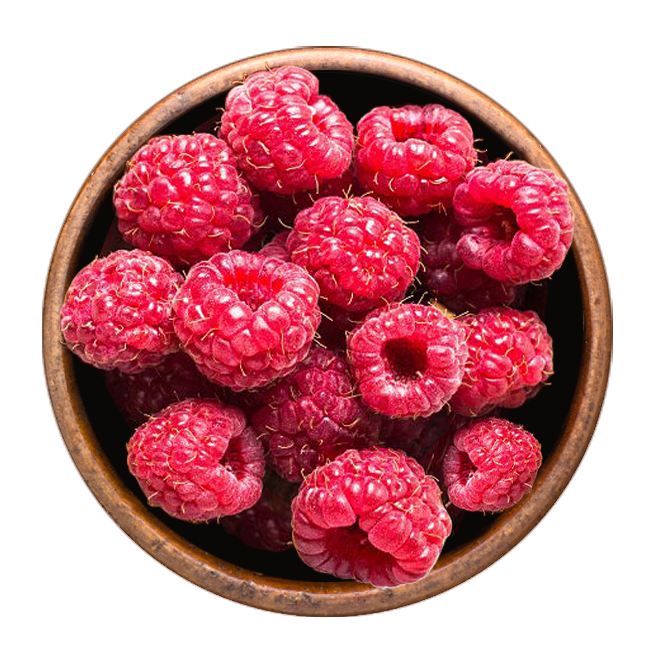
La framboise est le fruit du framboisier (Rubus idaeus), un arbrisseau de la famille des rosacées dont l’origine proviendrait selon la légende du mont Ida en Crète. Cultivée au Moyen-âge au sein des cloîtres, ce fut une des premières plantes d’Europe introduite en Amérique du Nord. L’infusion des feuilles, riches en tanins possède un pouvoir astringent, qui en fait un remède efficace contre l’inflammation des muqueuses ainsi qu’en cas de diarrhées.
Elle est aussi recommandée aux femmes enceintes avant l’accouchement. Le fruit est quant à lui très riche en vitamine C mais également en polyphénols antioxydants, sous forme de flavonoïdes, d’anthocyanines et d’acides gallique et ellagique qui réduiraient le risque d’obésité ainsi que celui de maladies chroniques et cardio-vasculaires.

La gentiane(Gentiana lutea) est une plante vivace montagnarde, de couleur jaune, qui croît principalement en Europe et en Asie Mineure. La floraison n’intervient qu’à partir de 7 à 10 ans mais c’est principalement dans ses racines que se concentrent les nombreuses vertus de la plante. Ce serait le dernier roi d’Illyrie, nommé Gentius (qui régna de 180 à 168 av. J.-C.), qui l’aurait utilisée le premier pour se soigner et lui aurait ainsi donné son nom.
La gentiane est une plante digestive et énergisante. Elle est tonique général, et accroit les défenses naturelles en augmentant les globules blancs. Son amertume est si forte et son astringence si inexistante, qu’elle n’irrite pas l’estomac et stimule les secrétions salivaires et gastriques. De ce fait, elle est utilisée pour remédier aux pertes d’appétit, et pour lutter contre les douleurs gastriques

Originaire des Indes, le gingembre(Zingiber officinale)est une plante vivace à racine tuberculeuse dont on utilise le rhizome en cuisine et en médecine traditionnelle. Connu en Asie depuis plus de 5000 ans, le gingembre fut l’une des premières épices orientales à être consommées en Europe, puisqu’il y fut amené par des marchands arabes. Sa consommation se développa ainsi particulièrement en France au Moyen-âge, notamment en raison de ses nombreuses propriétés médicinales.
Le gingembre contient du gingérol, du shogaol, du paradol et de la zingérone. Il est ainsi réputé pour améliorer la digestion ainsi que pour ses propriétés antiémétiques (contre les vomissements) et anti-inflammatoires. Des recherches ont montré qu’il pourrait en outre aider à entretenir la flore intestinale et à mieux digérer les graisses.

The common juniper or juniper (Juniperus communis) is a shrub belonging to the conifer family, covered with a rough gray bark, which has needle-like leaves very sharp. The fruits (or juniper berries) are green, then turn black and waxy as winter approaches. Only then are they consumable. Their properties have been known since ancient times.
Tonic, digestive and appetizing, juniper berries stimulate the stomach and help eliminate gas. Their ingestion also has a purifying, detoxifying and anti-inflammatory effect while promoting renal protection. Finally, the essential oil from fruits and tree branches is a powerful anti-inflammatory and analgesic.